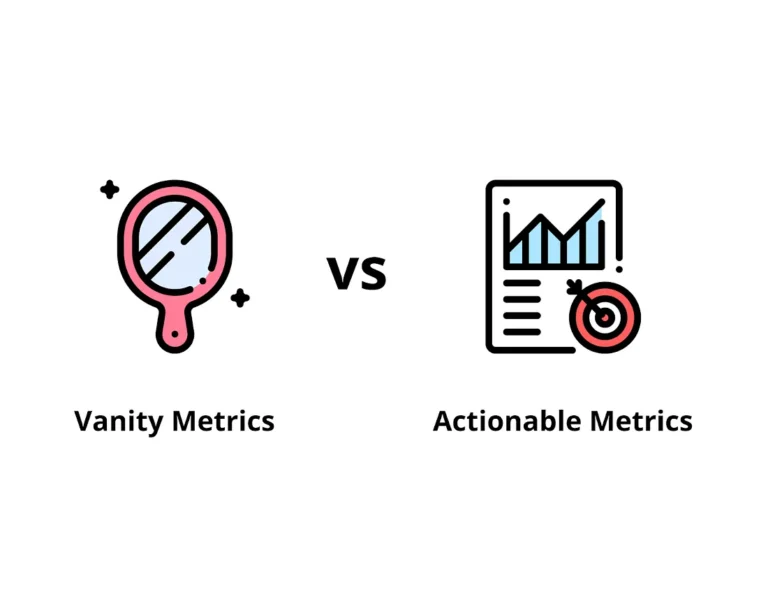Adapting Your Search Strategy: The Importance of Search Everywhere Optimization
Have you noticed that Google search results no longer have the same impact on your business? Don’t worry—it’s not that Google isn’t effective. In fact, it still accounts for over 92% of global search traffic. The real issue lies in the evolving habits of your audience. Today, consumers aren’t just turning to Google; they’re engaging with products on Instagram, learning through YouTube tutorials, asking questions on Reddit, and gathering inspiration on Pinterest.
The Shift in Search Behavior
This change indicates a broader trend in how people search across various platforms. For instance, Gen Z often begins their searches on TikTok rather than Google. If your strategy solely revolves around optimizing for Google, you’re missing out on where your audience is actually spending their time.
Why a Search Everywhere Strategy Matters
Let’s face it: almost every business depends on online visibility to succeed—whether you’re a local shop, a service provider, or a global brand. The reality is that customers are not confined to a single platform; they are scattered across multiple digital spaces, each offering unique opportunities for connection and engagement.
Key Benefits of a Search Everywhere Optimization Strategy:
- Increased Reach and Awareness: Your customers are diverse in their platform choices:
- Gen Z often starts their searches on TikTok.
- Millennials frequently browse Instagram for new discoveries.
- Pinterest attracts a variety of users, particularly home enthusiasts, with 80% of weekly users discovering new brands.
By optimizing for platforms where your audience is most active, you’re creating a pathway for them to find and engage with your brand.
- Higher Engagement: Each platform encourages different types of interaction:
- TikTok thrives on likes, shares, and comments.
- YouTube allows for detailed how-to videos and engaging product demos.
- Instagram features interactive elements like polls and Q&As.
When users engage with your content, they are more likely to develop loyalty to your brand.
- Improved Conversions: Consistent visibility across beloved platforms helps build trust. Being in the right places at the right time fosters familiarity, making it more likely that potential customers will take action.
- Resilience Against Algorithm Changes: Algorithms evolve, which can disrupt traffic from a single platform. For example, Google’s AI-driven features are increasingly prioritizing video content. By diversifying your strategy across multiple platforms, you can shield your traffic from sudden drops, ensuring your audience can still find you elsewhere.
Implementing a Search Everywhere Strategy
Launching a Search Everywhere Optimization Strategy might sound daunting, but it’s mostly about efficiently targeting the platforms that matter most to your audience. Here’s a step-by-step guide to help you connect with customers across multiple channels while ensuring consistency and measurable results.
Step 1: Identify Audience Search Behavior
Understanding where your audience spends their time online is essential. Use tools like TikTok Insights and Pinterest Trends to get a sense of those platforms. Surveys and customer feedback can also provide valuable insights about where your audience prefers to search and engage.
Step 2: Customize Content for Each Platform
Tailoring your content to each platform’s unique expectations boosts performance. Research what works best on TikTok versus YouTube or Instagram, and adjust your messaging, visuals, and formats accordingly. For example, engaging short videos are perfect for TikTok, while detailed tutorials shine on YouTube.
Step 3: Utilize Analytics for Performance Measurement
Analytics are crucial for refining your strategy. Monitor engagement, click-through rates, and bounce rates using tools like TikTok Insights or Pinterest Analytics. This data will help you identify successful strategies to focus on.
Step 4: Optimize for Local and Voice Search
Voice search is all about providing answers in a conversational manner. Tools like Google’s Structured Data Testing Tool can help optimize your content for voice search. Platforms like AnswerThePublic can assist in identifying common questions in your niche.
Step 5: Maintain Consistent Branding
Your audience should recognize your brand across all platforms. Consistency in visuals, tone, and messaging builds trust, whether they find you on TikTok or through a blog post.
The right strategy, founded on clear data and objectives, will enable you to rise above the competition. Concentrate on small, actionable steps to establish your presence on the platforms that resonate with your audience.
Overcoming Challenges in Search Everywhere Optimization
While a Search Everywhere Optimization strategy opens up a wealth of opportunities, challenges can arise if you aren’t prepared. Here are some common hurdles and how to address them:
- Efficient Use of Resources: You don’t need to overhaul everything. With just 20-30% more effort, you can effectively repurpose content across platforms like TikTok, Pinterest, and YouTube.
- Staying Updated with Platform Changes: Follow resources such as Social Media Examiner or Google Search Central to stay ahead of algorithm changes. Quick adaptation can minimize the impact of those shifts on your results.
- Breaking Down Silos: Coordination across teams is





